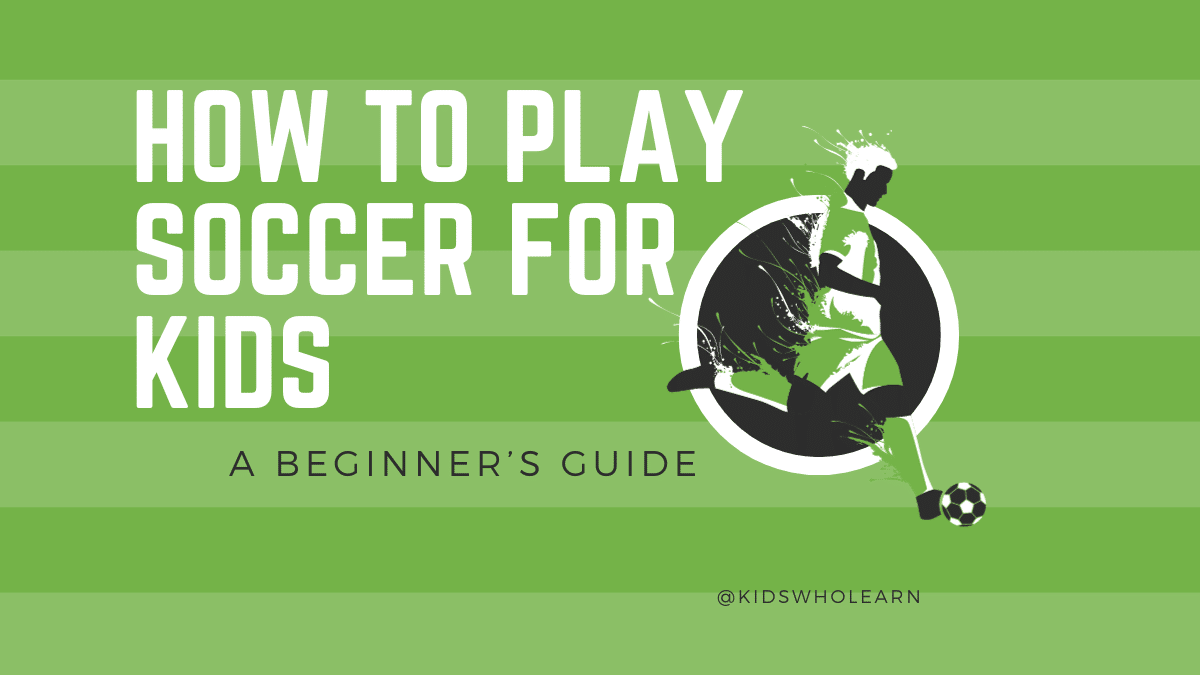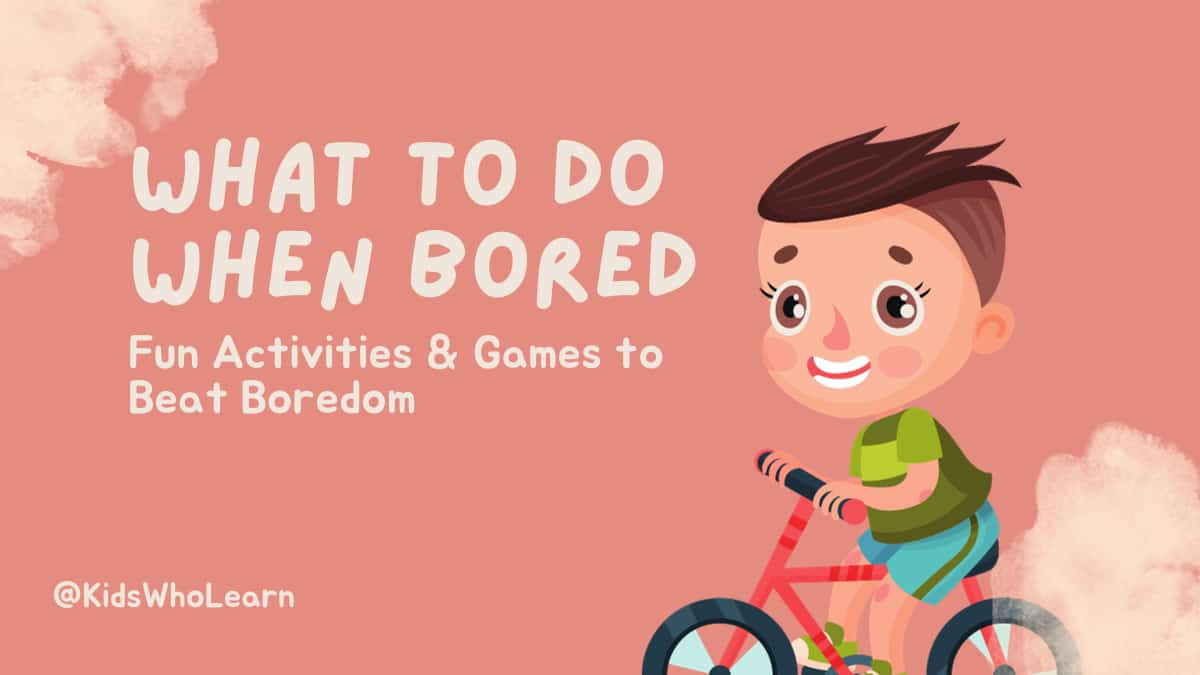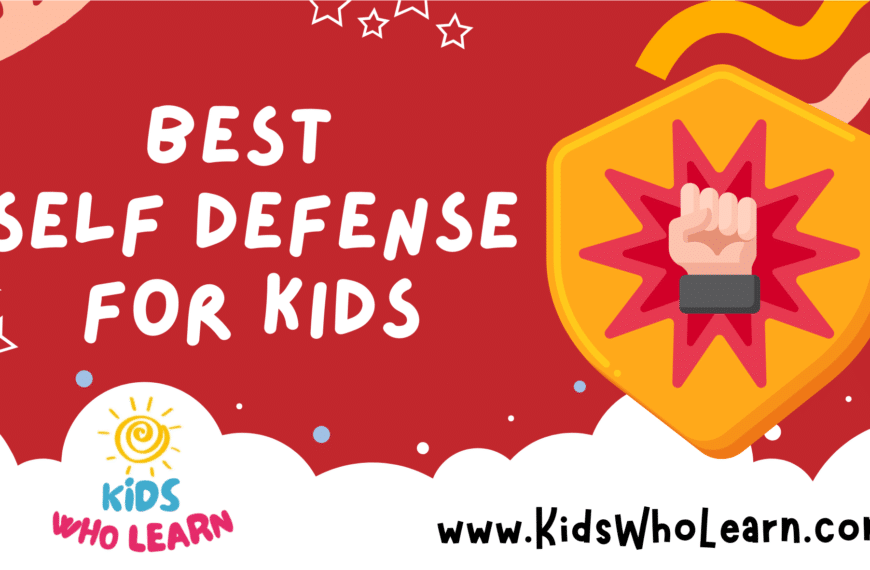If your child has expressed interest in playing soccer, you may be wondering how to get them started. Soccer is a popular sport around the world, and for good reason. It’s a fun way for kids to stay active, learn new skills, and make friends. In this article, we’ll give you a basic overview of how to play soccer for kids, including understanding the basics, learning soccer skills, and staying safe while playing.
Understanding soccer basics is an important first step for kids who want to play soccer. Soccer is a team sport that is played with a ball and two goals. The objective is to score more goals than the opposing team. Players use their feet, legs, and heads to control the ball and move it around the field. There are also rules and regulations that players must follow, such as not using their hands (unless they are the goalkeeper) and not committing fouls.
Getting started with soccer is easy, and all you need is a ball and a space to play. Whether it’s a backyard, a park, or a soccer field, kids can start practicing their soccer skills right away. It’s important to encourage your child to practice regularly and to find a team or group of other kids to play with. With time and practice, they’ll be able to improve their skills and become more confident on the field.
Key Takeaways
- Understanding the basics of soccer is important for kids who want to play the sport.
- Getting started with soccer is easy and only requires a ball and a space to play.
- Encouraging regular practice and finding a team or group to play with can help kids improve their soccer skills.
Understanding Soccer Basics
Soccer is a fun and exciting sport for kids to play. Before you get started, it’s important to understand the basics of the game. Here are a few things you need to know:
The Objective of Soccer
The objective of soccer is simple: score more goals than the other team. A goal is scored when the ball crosses the goal line between the two goalposts and under the crossbar. The team with the most goals at the end of the game wins.
Understanding the Soccer Field
The soccer field is rectangular and measures between 100 and 130 yards long and 50 to 100 yards wide. The field is divided into two halves, with a halfway line in the middle. Each half has a goal at either end. The penalty area is a rectangular area in front of each goal, and the penalty spot is where penalty kicks are taken.
Soccer Positions Explained
There are 11 players on each team, and each player has a specific position on the field. Here’s a breakdown of the positions:
- Goalkeeper: The goalkeeper is the only player on the team who can use their hands and arms. Their job is to protect the goal and stop the other team from scoring.
- Defenders: Defenders play in front of the goalkeeper and their job is to stop the other team from getting close to the goal.
- Midfielders: Midfielders play in the middle of the field and their job is to control the ball and distribute it to their teammates.
- Forwards: Forwards play near the opponent’s goal and their job is to score goals.
Understanding these basics will help you get started playing soccer. Have fun and good luck!
Getting Started
If you’re interested in getting your child started in soccer, there are a few things to keep in mind. Soccer is a great sport for kids to play because it promotes physical fitness, teamwork, and sportsmanship. Here are some tips to help your child get started:
Choosing the Right Equipment
Before your child can start playing soccer, you’ll need to make sure they have the right equipment. Here’s what you’ll need:
- Soccer cleats: These shoes have studs on the bottom to help your child grip the field. Make sure they fit well and are comfortable.
- Shin guards: These protect your child’s shins from getting kicked during the game. Make sure they fit well and cover the entire shin.
- Soccer socks: These go over the shin guards and help keep them in place.
- Soccer shorts: These should be comfortable and allow for a full range of motion.
- Soccer jersey: This is the shirt your child will wear during the game. Make sure it fits well and is comfortable.
Soccer Ball Handling Basics
Once your child has the right equipment, they can start learning the basics of soccer ball handling. Here are some tips to get them started:
- Use the inside of your foot: The inside of your foot is the best part to use when passing or dribbling the ball.
- Keep your head up: Your child should always keep their head up so they can see where they’re going and where their teammates are.
- Control the ball: Your child should practice controlling the ball with both feet. They can do this by dribbling the ball back and forth between their feet.
- Practice passing: Your child should practice passing the ball to their teammates. They should aim for their teammate’s feet so the ball is easier to control.
By following these tips, your child will be well on their way to becoming a great soccer player.
Learning Soccer Skills
Soccer is a fun and exciting sport for kids to play. It is a great way to stay active and learn new skills. If you are new to soccer, it may seem a bit overwhelming at first. However, with practice and dedication, you can become a skilled soccer player. In this section, we will cover some of the basic soccer skills that you need to learn.
Mastering Dribbling
Dribbling is one of the most important skills in soccer. It involves controlling the ball with your feet while running. To master dribbling, you need to practice keeping the ball close to your feet and being able to change direction quickly. Here are some tips to help you improve your dribbling skills:
- Keep your head up and look ahead to see where you are going.
- Use the inside and outside of your feet to control the ball.
- Practice dribbling around cones or other objects to improve your control.
- Practice dribbling at different speeds to improve your ability to change direction quickly.
Perfecting Passing
Passing is another important skill in soccer. It involves moving the ball from one player to another using your feet. To perfect your passing skills, you need to practice accuracy and timing. Here are some tips to help you improve your passing skills:
- Use the inside of your foot to pass the ball.
- Look up to see where your teammates are before passing the ball.
- Pass the ball with the right amount of force to reach your teammate.
- Practice passing with both feet to improve your versatility.
Scoring Goals: Shooting Techniques
Scoring goals is the ultimate goal in soccer. It involves shooting the ball into the opponent’s goal. To score goals, you need to practice shooting techniques. Here are some tips to help you improve your shooting skills:
- Use the inside of your foot for accuracy or the laces of your shoe for power.
- Aim for the corners of the goal to make it harder for the goalkeeper to save.
- Practice shooting from different angles and distances.
- Practice shooting with both feet to improve your versatility.
By practicing these basic soccer skills, you can become a skilled soccer player. Remember, it takes time and dedication to improve your skills. Keep practicing and have fun!
Rules and Regulations
Understanding Offside
Offside is a rule that is often misunderstood by both players and spectators. It is a rule that is in place to prevent players from gaining an unfair advantage by being in an offside position. If a player is in an offside position when the ball is passed to them, they cannot play the ball. If they do, the referee will stop play and award a free kick to the opposing team.
To be in an offside position, a player must be closer to the opponent’s goal line than both the ball and the second-to-last defender. However, it’s important to note that being in an offside position is not the same as committing an offside offense. A player can only be penalized for being offside if they are involved in active play, meaning they are interfering with play or an opponent.
Fouls and Penalties
Soccer is a physical game, but there are certain actions that are considered fouls and will result in a free kick or penalty kick for the opposing team. Some common fouls include tripping, pushing, and using excessive force. It’s important for players to understand what constitutes a foul and to play the game in a fair and sportsmanlike manner.
If a player commits a foul, the referee will blow their whistle and award a free kick or penalty kick to the opposing team, depending on the severity of the offense. A free kick is taken from the spot where the foul occurred, while a penalty kick is taken from the penalty spot, which is 12 yards away from the goal line.
Remember, it’s important to play the game with respect for the rules and your opponents. By understanding the rules and regulations of soccer, you can enjoy the game and play to the best of your ability.
Soccer Drills for Kids
If you want to help your kids improve their soccer skills, it’s important to incorporate fun and engaging drills into their practice routine. Here are some ideas for soccer drills that will keep your kids active and excited about the game.
Fun Dribbling Drills
Dribbling is an essential skill for soccer players, and it’s also one of the most fun to practice. Here are some dribbling drills that will help your kids improve their footwork and control:
- Cone Weaving: Set up a series of cones in a zigzag pattern and have your kids dribble the ball through them, weaving in and out of the cones.
- Obstacle Course: Create an obstacle course using cones, hurdles, and other objects, and have your kids dribble the ball through the course as quickly as possible.
- Mirror Dribbling: Pair up your kids and have them face each other. One player dribbles the ball while the other tries to mirror their movements, staying as close to them as possible.
Passing Practice Drills
Passing is another crucial skill for soccer players, and it’s important to practice both short and long passes. Here are some passing drills that will help your kids improve their accuracy and timing:
- Two-Person Passing: Pair up your kids and have them stand a short distance apart. One player passes the ball to the other, who then passes it back. Encourage them to pass quickly and accurately.
- Circle Passing: Have your kids stand in a circle and pass the ball around to each other. Encourage them to move quickly and make accurate passes.
- Long Pass Relay: Set up two cones a long distance apart and divide your kids into two teams. Each team takes turns passing the ball back and forth between their players, trying to get the ball to the other side as quickly as possible.
Shooting Practice Drills
Scoring goals is the ultimate goal of soccer, so it’s important to practice shooting as well. Here are some shooting drills that will help your kids improve their accuracy and power:
- Target Practice: Set up a target (such as a goal or a cone) and have your kids take turns shooting at it. Encourage them to aim for different parts of the target to improve their accuracy.
- One-on-One Shooting: Pair up your kids and have them take turns shooting at each other. The shooter tries to score a goal while the defender tries to block the shot.
- Shooting Relay: Set up two cones a short distance apart and divide your kids into two teams. Each team takes turns shooting the ball between the cones, trying to get as many goals as possible in a set amount of time.
Remember to keep the drills fun and engaging, and to vary them regularly to keep your kids interested. With regular practice, your kids will improve their soccer skills and have a blast doing it!
Staying Safe While Playing
Playing soccer is a fun and exciting activity for kids, but it’s important to stay safe while doing so. Here are a few tips to help keep you safe on the field.
Importance of Warm-ups and Cool-downs
Before you start playing, it’s essential to warm up your body to prevent injuries. A good warm-up can help increase blood flow to your muscles and prepare your body for the physical demands of playing soccer. You can warm up by doing light exercises such as jogging or stretching.
After playing, it’s crucial to cool down your body to help prevent muscle soreness and stiffness. You can do this by stretching your muscles and doing light exercises. Cooling down can also help regulate your heart rate and breathing.
Proper Hydration
Staying hydrated is essential when playing soccer, especially on hot days. Make sure to drink plenty of water before, during, and after playing. If you’re playing for an extended period, consider drinking a sports drink to help replenish electrolytes lost through sweating.
It’s also important to take breaks and rest when needed. If you feel dizzy, lightheaded, or experience any other symptoms, stop playing and rest. Don’t push yourself too hard, and listen to your body’s signals.
By following these tips, you can help ensure a safe and enjoyable experience while playing soccer.
Encouraging Sportsmanship
One of the most important aspects of playing soccer is sportsmanship. As a coach or parent, it’s important to encourage your young players to be good sports and show respect to their opponents, the referees, and their own teammates.
Here are some ways you can encourage sportsmanship among your young soccer players:
- Lead by example: As a coach or parent, you should model good sportsmanship for your players. Show them how to shake hands with the other team after a game, how to congratulate the other team on a good play, and how to handle disappointment with grace.
- Emphasize teamwork: Soccer is a team sport, and it’s important for players to understand that they’re part of a larger group. Encourage your players to support each other and work together to achieve their goals.
- Focus on effort, not just outcomes: While winning is important, it’s also important to recognize and reward effort. Encourage your players to work hard and give their best effort, even if they don’t win the game.
- Teach respect for the game: Soccer is a beautiful game with a rich history and tradition. Teach your players to respect the game and its rules, and to appreciate the skill and athleticism of their opponents.
- Encourage positive communication: Communication is key in soccer, and it’s important for players to communicate with each other in a positive and respectful way. Encourage your players to use positive language and avoid negative comments or criticism.
By emphasizing sportsmanship and respect for the game, you can help your young soccer players develop not only as athletes, but as respectful and responsible members of their community.
Frequently Asked Questions
What are some basic rules for kids playing soccer?
Soccer is a fun and exciting sport that can be played by kids of all ages. Here are some basic rules that kids should follow when playing soccer:
- The game is played with two teams of eleven players each.
- The objective is to score more goals than the other team.
- Players cannot touch the ball with their hands or arms, except for the goalkeeper who can use their hands within the penalty area.
- Fouls such as pushing, tripping, and sliding tackles are not allowed.
What are the positions in youth soccer?
There are several positions in youth soccer, each with its own responsibilities:
- Goalkeeper: The player who defends the goal and tries to prevent the other team from scoring.
- Defender: Players who work to prevent the opposing team from getting close to the goal.
- Midfielder: Players who play in the middle of the field and help both the defense and the offense.
- Forward: Players who try to score goals and create opportunities for their team.
What are some tips for teaching a child to play soccer?
Here are some tips for teaching a child to play soccer:
- Start with the basics: Teach your child how to dribble, pass, and shoot the ball.
- Keep it fun: Make sure your child enjoys playing soccer by keeping practices and games fun and engaging.
- Encourage teamwork: Help your child understand the importance of working with their teammates to achieve their goals.
- Practice regularly: Regular practice is essential for improving soccer skills.
How can I make soccer fun for kids?
Here are some ways to make soccer fun for kids:
- Play small-sided games: Smaller games are more fun and allow kids to get more touches on the ball.
- Use fun drills: Incorporate fun drills that help kids improve their skills while having fun.
- Encourage creativity: Let kids be creative and try new things on the field.
- Praise effort: Encourage kids to try their best and praise their effort, regardless of the outcome.
What are some common mistakes that kids make when playing soccer?
Here are some common mistakes that kids make when playing soccer:
- Not keeping their eyes on the ball
- Not communicating with their teammates
- Not following through on their shots or passes
- Not using both feet to control the ball
- Not staying in their assigned position
What are some drills that can help kids improve their soccer skills?
Here are some drills that can help kids improve their soccer skills:
- Dribbling through cones
- Passing drills with a partner
- Shooting on goal
- One-on-one defending drills
- Small-sided games to practice teamwork and game situations.







